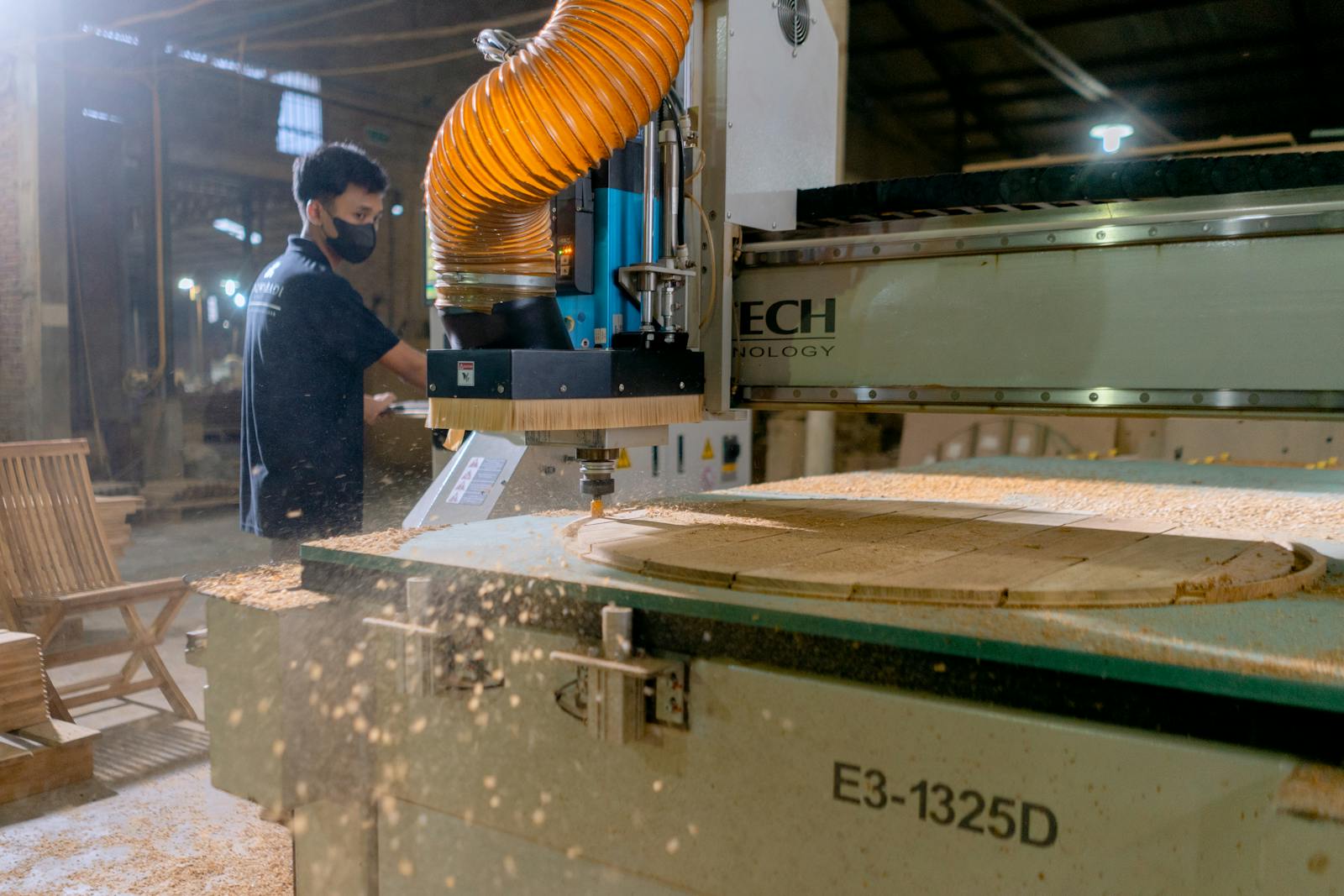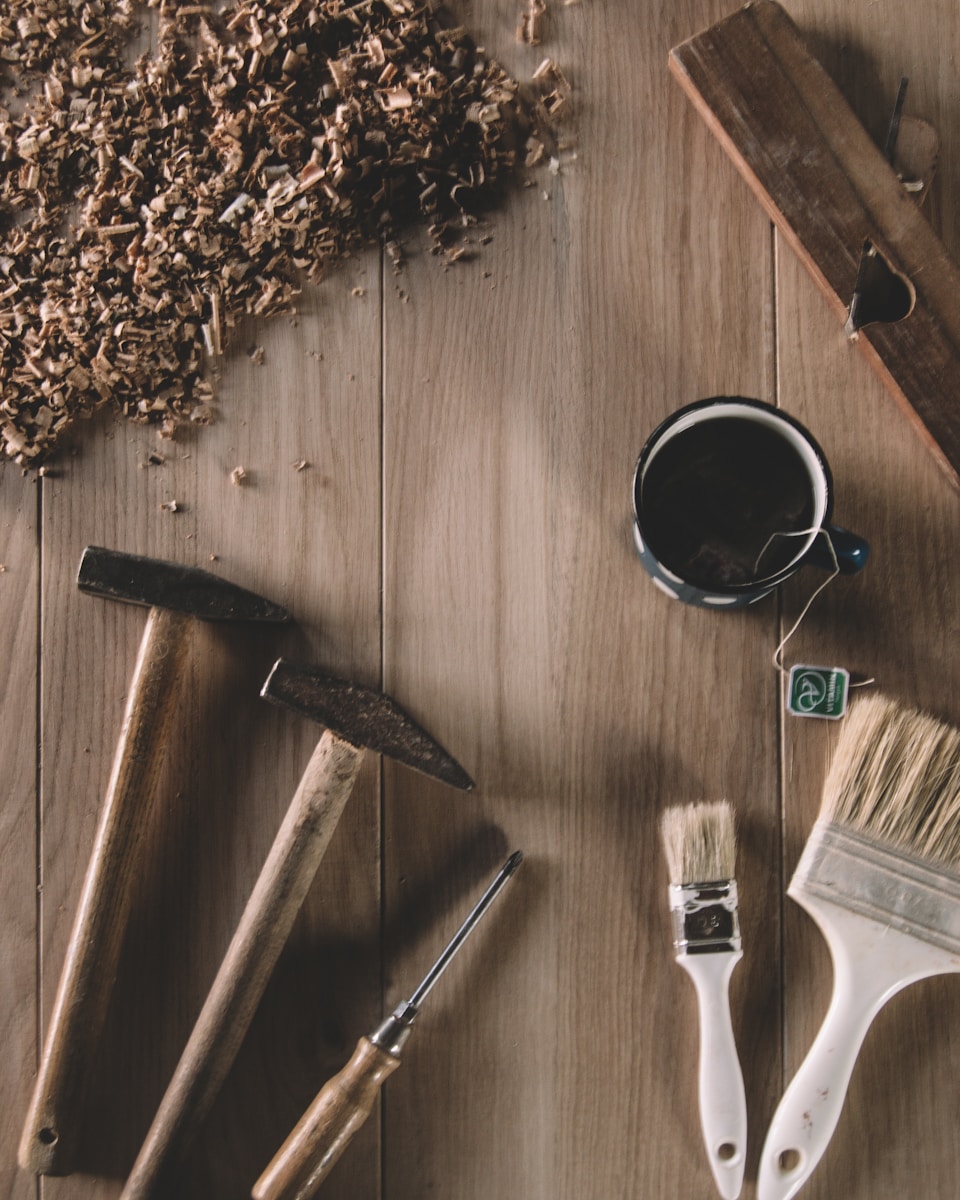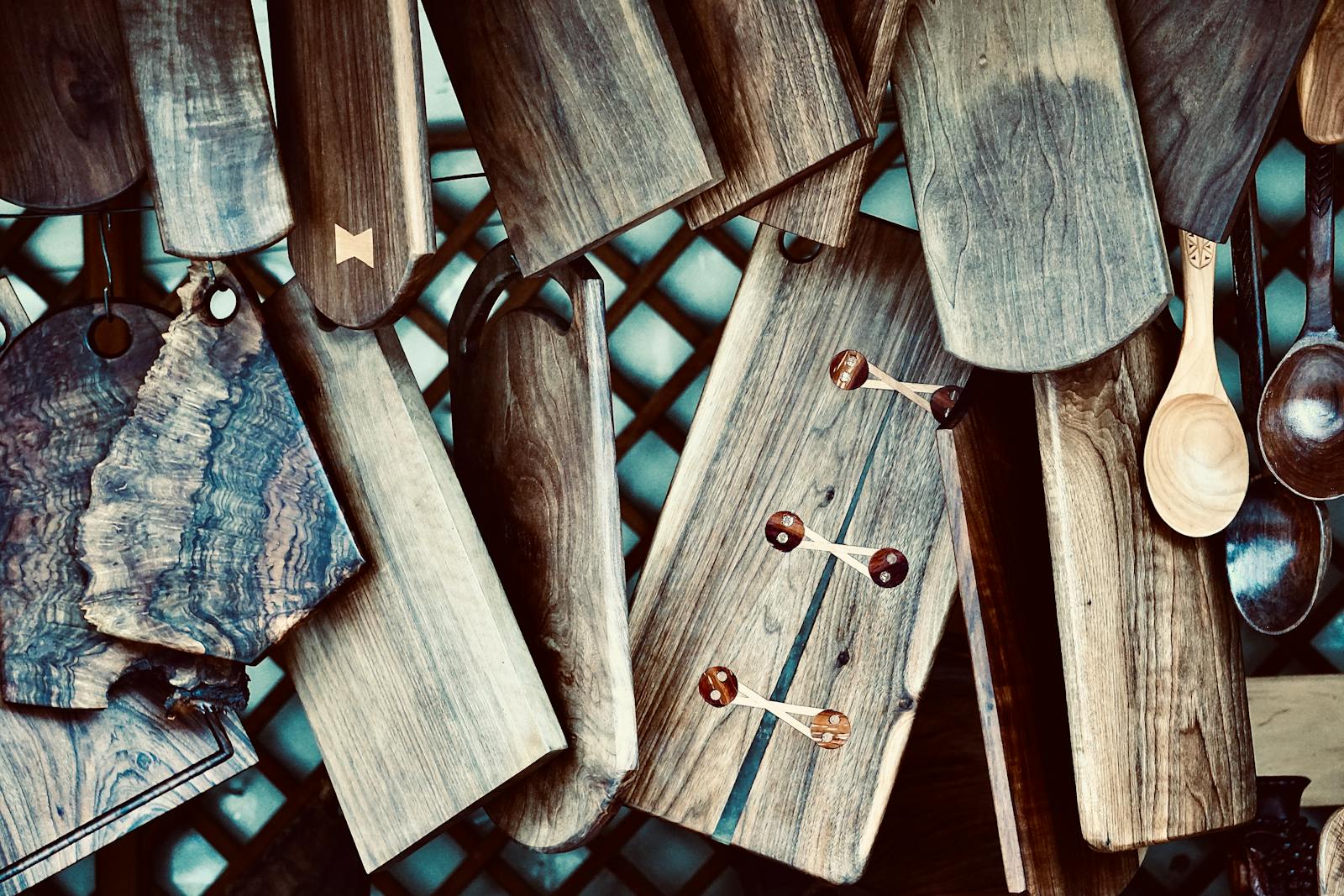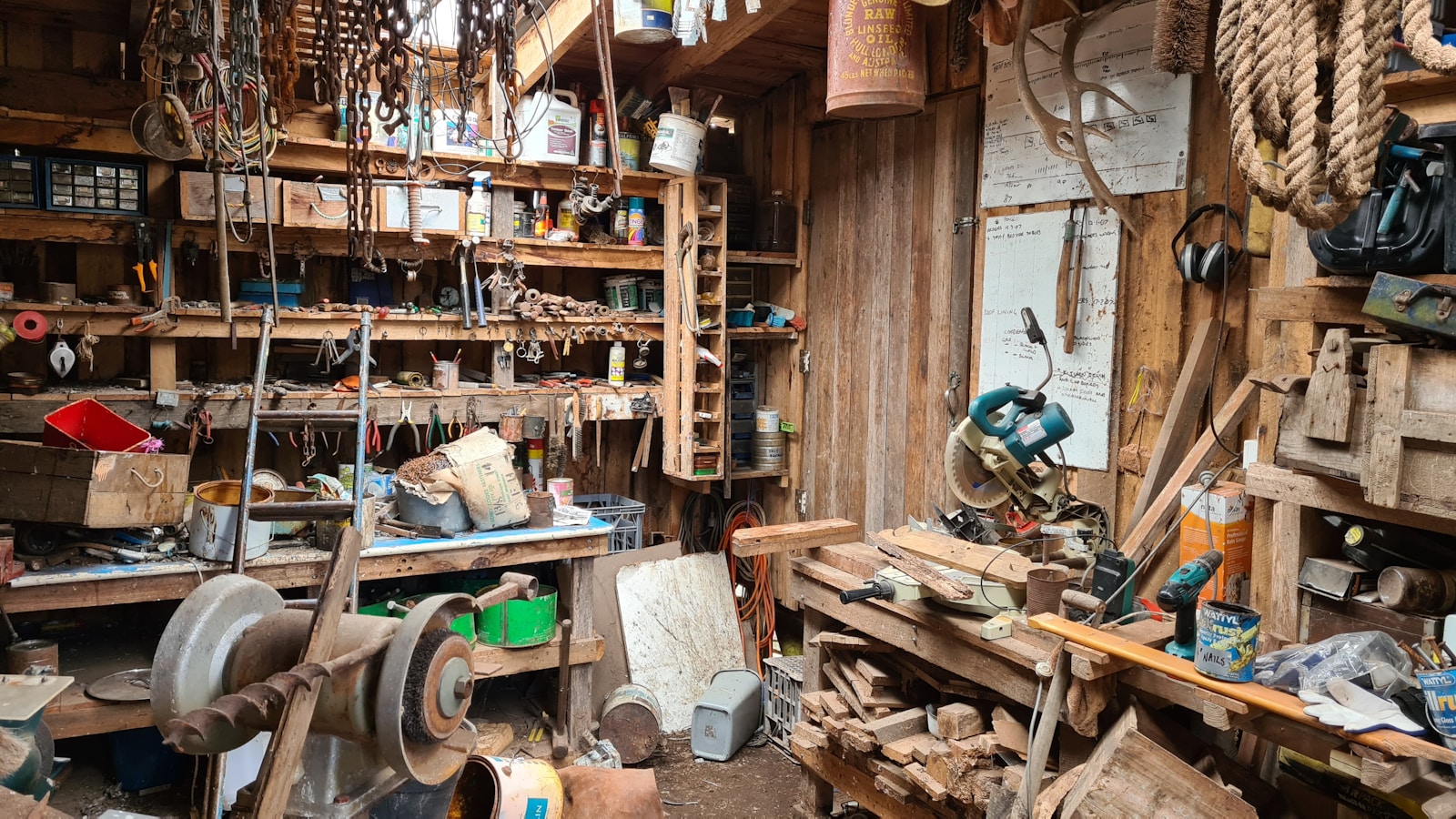Top 20 Woodworking Influencers in 2025” Meet the leading woodworking influencers who are shaping the industry with their creativity and expertise.
Meet the leading woodworking creators shaping the future of craftsmanship. 1. Eoin Reardon A true hand-tool purist, Eoin showcases the beauty of traditional joinery and woodworking without modern machines. His calm teaching style and deep knowledge make him a favorite among woodworking enthusiasts. 2. Brad Rodriguez (@fixthisbuildthat) Known for beginner-friendly tutorials, Brad’s builds are clean, useful, and perfect for DIY lovers. His focus on home improvement projects keeps his content fresh and practical. 3. Anne Briggs (@anneofalltrades) Anne blends woodworking with homesteading, teaching everything from hand tool use to farm life. She inspires many to reconnect with craft and self-reliance. 4. John Malecki A former football player turned woodworker, John is known for big, bold builds and industrial-style furniture. His mix of woodworking and metalworking appeals to a wide audience. 5. Jimmy Diresta A legend in the maker world, Jimmy is a multi-disciplinary creator who’s inspired thousands through his unfiltered, no-nonsense build videos and experimental techniques. 6. Paul Sellers A master craftsman with decades of experience, Paul focuses on traditional techniques and encourages woodworkers to slow down and appreciate hand tool mastery. 7. Marc Spagnuolo (@woodwhisperer) Marc combines entertainment with education through his long-running channel, The Wood Whisperer. His videos offer both fine woodworking and tool reviews. 8. Ashley Basnight (@shesthecarpenter) Ashley creates clean, modern furniture with approachable methods. Her empowering presence and design sense have encouraged more women to join the craft. 9. Keith Johnson (@kjsawdust) Keith’s videos highlight premium craftsmanship and process detail. His builds, from tables to cabinets, often feature high-end joinery and finishing. 10. Matt Thompson (@thompsonwoodworks) Matt’s blend of humor and woodworking has captured a loyal audience. He mixes practical builds with creative twists, making every project memorable. 11. Sophie Sellu (@grainandknot) Sophie’s work focuses on carving and mindful woodworking. Her hand-crafted utensils and natural finish techniques promote simplicity and connection to the material. 12. Scott Dow Specializing in chainsaw art and massive wood sculptures, Scott’s work pushes the boundary between woodworking and fine art. 13. Roy Underhill As the host of the long-running show The Woodwright’s Shop, Roy remains a voice for traditional, historical woodworking methods and tools. 14. Christopher Schwarz A woodworking historian and author, Christopher promotes hand tool work through his publishing company, Lost Art Press, preserving classic craftsmanship. 15. JoJo Wood JoJo champions traditional green woodworking and spoon carving. Through her workshops and community projects, she promotes inclusivity and healing through craft. 16. Samuel Alexander Samuel uses carving as a form of therapy and community healing. He teaches others to find peace and confidence through the act of creating with wood. 17. Laura Kampf A creative powerhouse, Laura blends woodworking with metal, recycling, and everyday objects to create functional art with an edge. 18. April Wilkerson April’s projects range from small home hacks to large shop builds. Her clear communication and step-by-step approach make complex builds feel doable. 19. Steve Ramsey (@woodworkingformere mortals) Steve focuses on making woodworking accessible for people with limited time, space, or budget. His no-fuss teaching style is perfect for beginners. 20. Rex Krueger Rex blends history, tool restoration, and accessible furniture builds. He’s passionate about helping people get into woodworking without spending a fortune. Written by TheCarpentery TeamDiscover more woodworking guides at TheCarpentery.com








